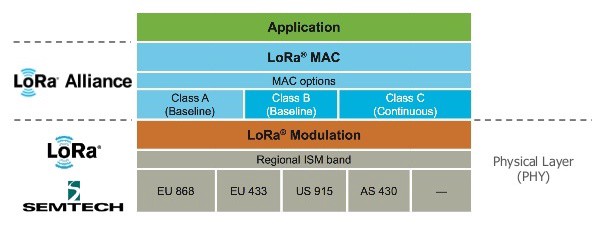I was watching this video regarding LoRaWAN which discussed the basics of LoRaWAN and then transitioned onto discussing and explaining the protocol stack. As part of this, they stated how there is no such thing as an IP layer due to the IPv6 header stack being 40 bytes, meaning the MAC layer is directly below the application layer.
Here is an image of the LoRaWAN stack:

The size of the header justifies why it doesn’t exist in LoRaWAN, but they continue on to say that attempts are being made to implement IP addressing.
I do have questions regarding this:
- What are the current disadvantages of the current setup, where no IP layer is implemented?
- What are the current advantages of the current setup?
- What is the current solution implemented which does something similar to the IP layer? Does it have something to do with the Network Session Key and Application Session Key, due to them being changed on a new connection?
- Is it true that people want IPv6 for LoRaWAN, or a variation of it which is suitable for the technology?
- If this is implemented, what benefit does this provide?